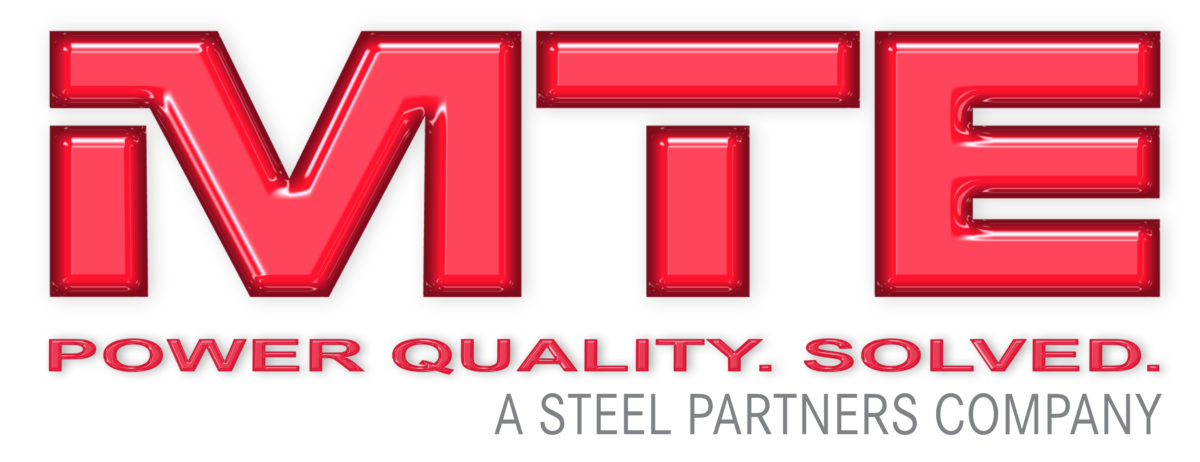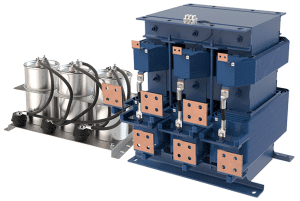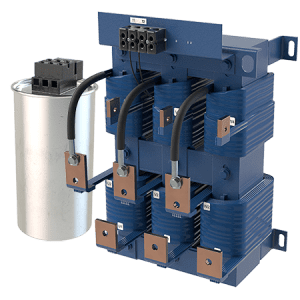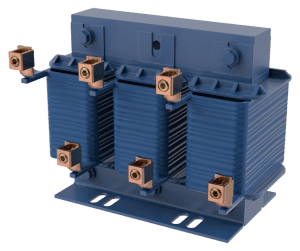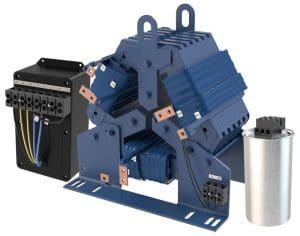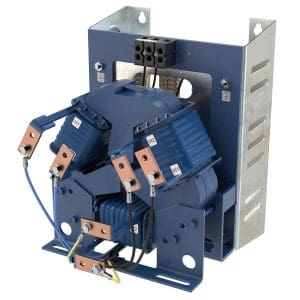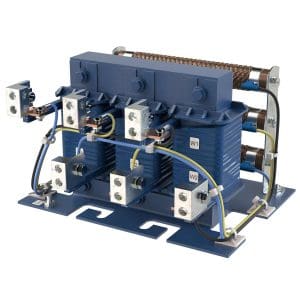Heating, Ventilation, and Air-Conditioning (HVAC)
Power Quality Solutions for Commercial HVAC
Modern HVAC Systems provide greater energy efficiency, increased control and sensing, while adhering to strict regulatory demands. Accordingly, the number of variable frequency drives (VFDs) has surged within these advanced HVAC systems to match the overall performance expectations. Unfortunately, the increase in VFD usage introduces power quality issues that can lead to equipment damage, costly downtime and reduced efficiency. MTE power quality solutions mitigate the harmonic problems associated with VFDs, resulting in longer system life and better overall performance for your HVAC system.

ROOFTOP & AIR HANDLING UNITS – Often found on schools, hotels, and office buildings, packaged rooftop units (RTU) and air handling units (AHU) make up 31% of the US HVAC market. VFDs are incorporated readily in both systems to manage targeted zone control throughout building ductwork.
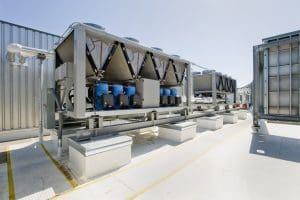
CHILLERS – Often found on hospitals, high rise buildings or factories, the chiller units rely on helical rotary compressors, capable of adjusting speed through the use of VFDs. Some chillers feature multiple individual compressors for increased flexibility of airflow and efficiency, which increases the total number of VFDs.
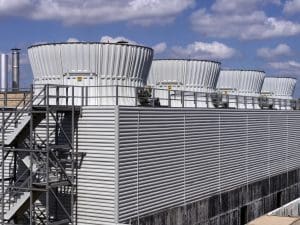
COOLING TOWERS – VFDs are used to control the fan speed to maintain water temperature instead of constantly turning the fans on and off. Cooling towers are typically used in conjunction with Chillers and Air Handling Units.
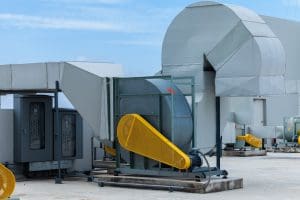
BLOWERS & FAN MOTORS – VFDs are used together with fan motors to control the power and speed at which air is efficiently distributed throughout the HVAC system. Accurately regulating airflow results in increased comfort and energy savings for the consumer.
Power Quality Challenges for HVAC
The technology used in today’s HVAC equipment is more advanced than ever before as it strives for high efficiency and high output, while meeting or exceeding regulatory demands. While this makes temperature control more effective in commercial buildings and structures, it also presents the potential for new problems. Several of these include interference to telecommunications systems, disruption to programmable logic systems, overheating of components as well as malfunction of the air handler and chiller unit itself.
The cause of these problems may be from harmonic distortion, which is brought into the electrical systems of buildings through the use of VFDs that are installed in air handler and chiller units to control the speed of the compressor motors. These VFDs enable the HVAC system to vary their output to reduce energy costs, but they have a tendency to introduce harmonics into the building’s electrical system.
At the same time, aging HVAC systems tied to older electrical infrastructure present their own harmonic challenges. Factor in the increased use of sensors, used for both safety and efficiency purposes, and the need for power quality solutions grows.
Ownership and Maintenance Costs
Increased use of VFDs can cause electrical harmonics which are detrimental to motor life and cause electrical component wear.
Regulations
Stringent standards, such as ASHRAE 90.1 and 2023 DOE result in additional usage of VFDs and non-linear loads, thereby increasing unwanted harmonics in the system.
Aging Infrastructure
Retrofitting HVAC systems into legacy building power infrastructure, from decades past, creates additional harmonic, load, power factor, and sensor interference issues.
“Green” Energy Systems
VFDs can help HVAC systems meet increasingly demanding efficiency requirements, but the resulting harmonics must be mitigated.
Increased ECM Fan Usage
ECM fans improve energy efficiencies in < 10 HP applications, but VFD technology adds harmful harmonics throughout the building electrical system.
MTE Featured HVAC Solutions
MTE offers a complete line of power quality solutions for the HVAC industry that are aimed at lowering current distortions and protecting expensive equipment from damaging transient voltages. MTE solutions keep motors and cables running longer which ultimately results in energy savings for the consumer.
